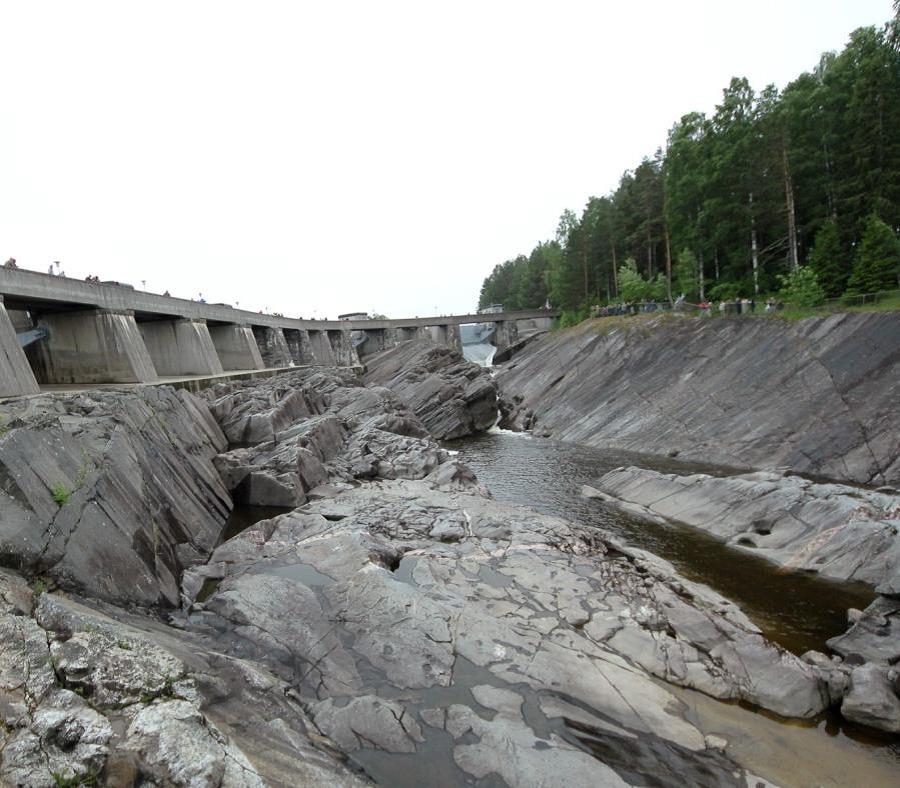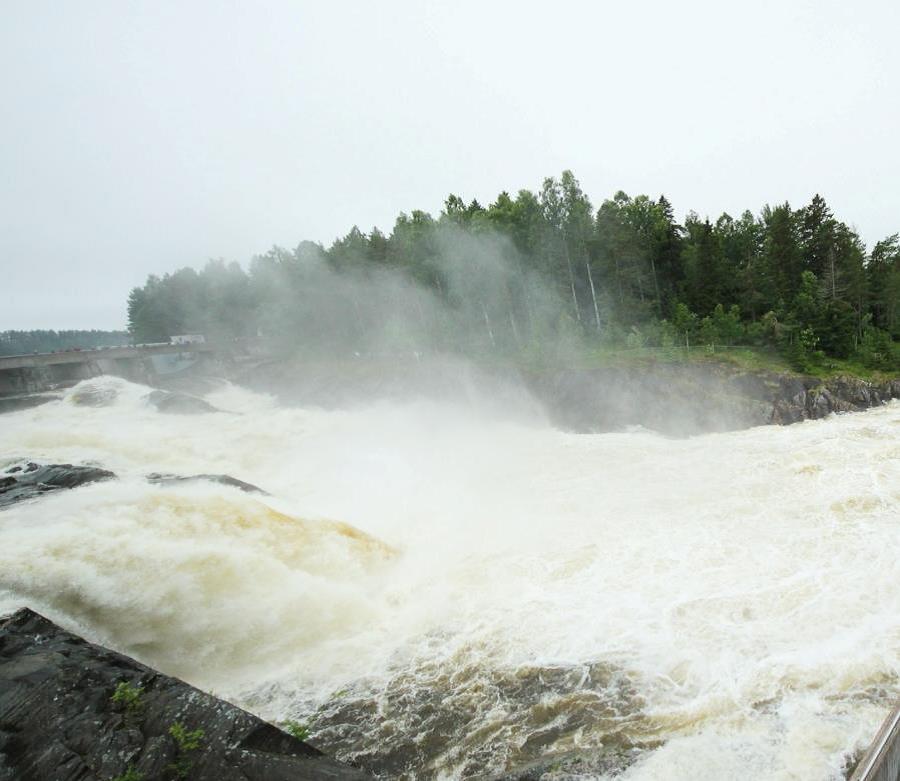Hydropower and environmental flows – tools for decision support
Investigating and assembling different options for integrating essential environmental aspects in policy and planning of hydropower plants.
Project leader: Berit Balfors
Participants: Selome Tessema and Ulla Mörtberg
Funding: StandUp for Energy and Lundbergs stiftelse
Project period: 2013-08 - 2015-06
Key words: hydropower plant, ecological flows, renewable energy, policy and planning, environmental assessment
Project description
Hydropower is in most forms seen as one of the renewable energy sources, as stated in the EU Directive on renewable energy. In Sweden it is among the primary electricity production sources and covers approximately 50% of the total use. Even though hydropower is classified as a renewable energy source, it comes with potential consequences of various environmental impacts. These correspond to the different types of hydropower plants, i.e. power plants with a reservoir, from small pond to a large body of water, and run-of-river plants. The environmental impacts originates from both the construction phase and the utilization of the reservoirs since the related water regulation creates fluctuations of water levels both in the upstream reservoir and in the water bodies downstream.


The impacts from water regulation sometimes lead to completely dry streams in between consecutive multiple dams on a single river route, which can destroy the local aquatic and riparian ecosystems. Similar impacts have also been discussed in relation to the run-of-river power plants that use diversion canals. In order to reach the targets of the EU Directive on renewable energy, hydropower plays an important role, with high expectations on the utilization also for balancing wind power. However, water is a resource with many interested stakeholders and hydropower has a potential of causing substantial environmental impacts, especially under short-term regulation regimes. The EU Water Framework Directive advocates an integrated water management approach, with the overarching goal of achieving good ecological status for all European water bodies by 2015, with some exceptions. Moreover, EU legislations such as the Directives on environmental impact assessment of plans and programs as well as on projects calls for a holistic and systematic approach for assessing environmental impacts, for integrating stakeholders and for finding a balance between different types of resource use, in this case water use. There are different models and tools that have been used for assessing environmental impacts on water-related issues. Apart from forecasting and predicting the quantity and quality of water, some of these models can help in predicting the impacts of natural and anthropogenic changes on water resources, quantifying the spatial and temporal availability of the resources and help to integrate and design environmental flows. However, a main challenge lies in choosing and applying these methods and models for a specific basin and managerial plan.
Aim
The aim of this project is to develop a methodological framework by investigating and assembling the different options from different international practices for integrating essential environmental aspects in policy and planning of hydropower plants, and to demonstrate in case studies for reinforcing sustainability issues in related decision-making.
Collaboration
The project is conducted in collaboration between the Environmental Management and Assessment research group and the Division of Hydraulic Engineering, KTH.
